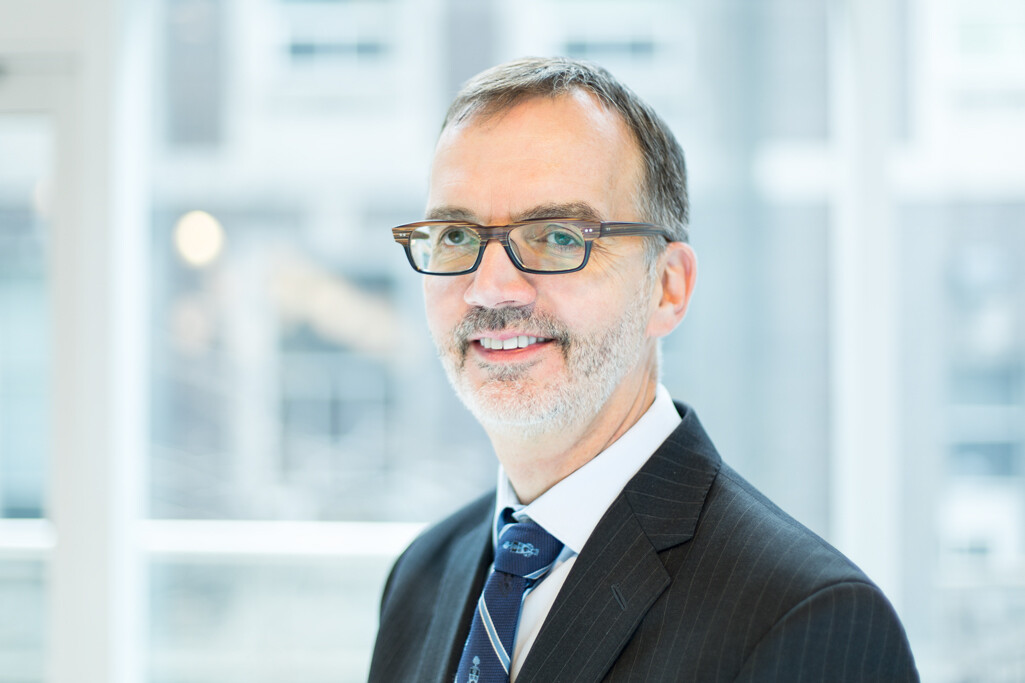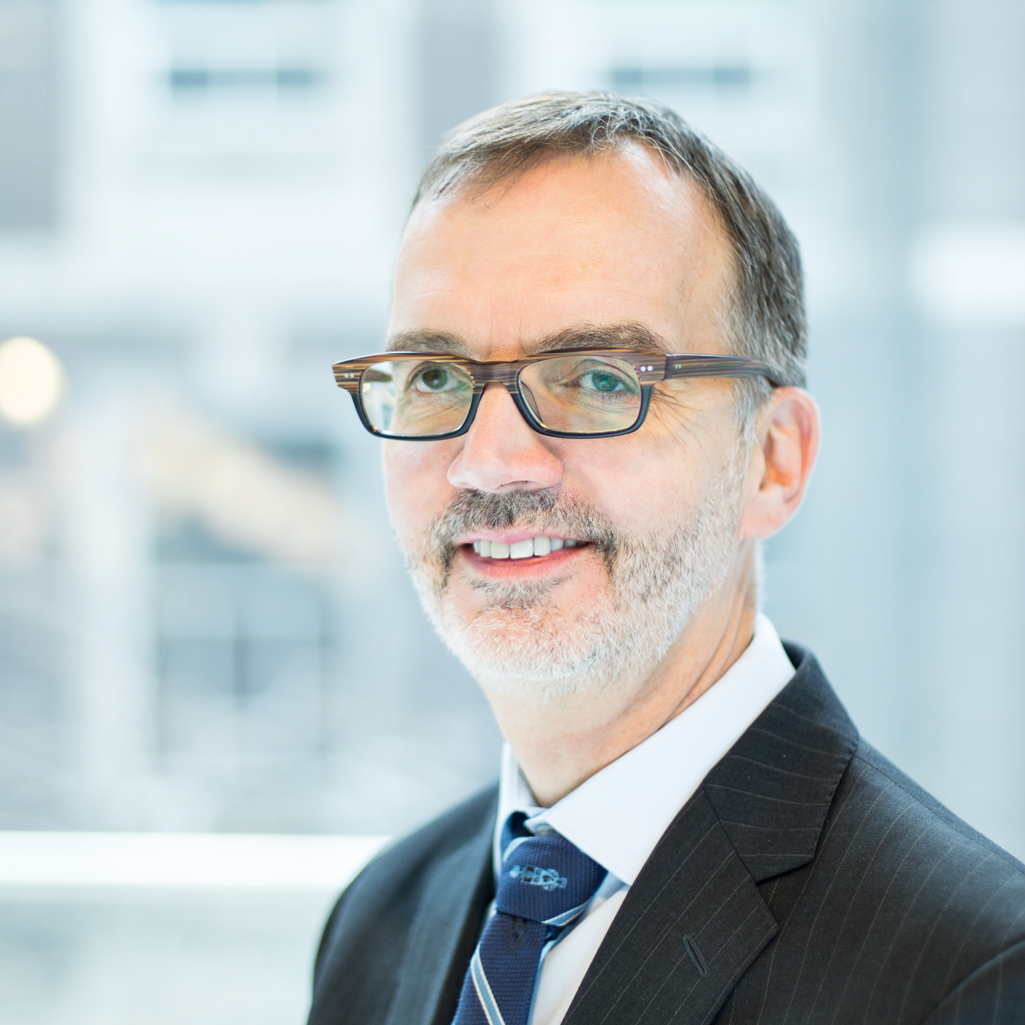Mobile Menu
- Education
- Research
-
Students
- High School Outreach
- Undergraduate & Beyond: Community of Support
- Current Students
- Faculty & Staff
- Alumni
- News & Events
- Giving
- About


Everywhere these days, we’re hearing about Big Data.
Retailers use big data to collect information on customers and to better understand the relationships between demographics and purchases. Online advertisers use it to deliver predictive advertising. And in fields like physics, researchers are using big data to discover interesting correlations among diverse data sets.
Medicine, though, has been slow to put Big Data to use. Our Big Data challenges are very different from those faced by other disciplines. In astronomy or physics, for example, we expect uniform and uncontroversial data sets. In medicine, we’re still searching for ways to create uniform data sets and we’re still figuring out our legal and ethical issues – because our data is about people. This poses regulatory and privacy challenges for researchers who want to operate in that space.
Nevertheless, we’ve started to dip our toe into the stream of Big Data.
In Ontario, we have been collecting electronic patient records for some time. We’re making some use of those records already. The Institute of Clinical Evaluative Sciences (ICES), which houses all physician claims, emergency department visits, vital statistics data, and drug data for certain subpopulations for all 13 million residents of Ontario. ICES has tracked health outcomes across the province for the last 20 years.
Could we be doing even more? Imagine, for example, if we could compare MRIs of all patients with dementia from across the GTA? What if we could then correlate that with genetic markers or clinical notes or other kinds of data? What surprising things could that tell us about the best way to care for patients with dementia or the frail elderly? The possibilities are exciting.
Another example of big data collection already at work in the city is work of Muhammad Mamdani and the HUB initiative at St. Michael's Hospital. At the HUB, the goal is to transform data repositories into a comprehensive data warehouse that can be exploited using standardized data extraction and analysis algorithms based on sound scientific principles.
The University of Toronto research community also contributes genomic data for GenBank, the open-access source for genomic data run by the U.S. government. In 2012, Professor Stephen Scherer, Senior Scientist and Director of the Centre for Applied Genomics at SickKids and Professor of Medicine at the University of Toronto, launched the Personal Genome Project Canada. Scherer’s group has sequenced the genomes of 100 Canadians as part of an academic research effort with Harvard Medical School’s Personal Genome Project. Together, the projects will sequence 100,000 people over 10 years and the genetic information collected will be accessible to researchers from around the world.
Then there is Michael Brudno, the director of the Centre for Computational Medicine at Sick Kids and a faculty member in the Department of Computer Science, who looks at computational methods for the analysis of genomic datasets and visualization of genomic data. — among other things. The Centre is a collaboration nexus, working with both biological/medical and computational scientists at SickKids and the University of Toronto to identify appropriate partners.
Right now — because of the sheer “bigness” of Big Data — navigating through and analyzing the data is turning into a growth industry. People with expertise in computational science are in heavy demand in fields such as business, politics, advertising and economics. Health care systems need to become similarly proficient at the collection and interpretation of Big Data.
This raises some important questions for those of us in academia. Do universities — and faculties of Medicine — have an obligation to lead the way — not only in providing the means to collect Big Data, but also the expertise to interpret it? As health leaders, are we doing a good enough job in communicating to the public and to policy makers that electronic health data is worthy of investment? Do we have a role to play in making Canada’s health dollars go further while improving patient care?
The answers to these questions — and others — will help give shape to the coming years of medical education and health care.